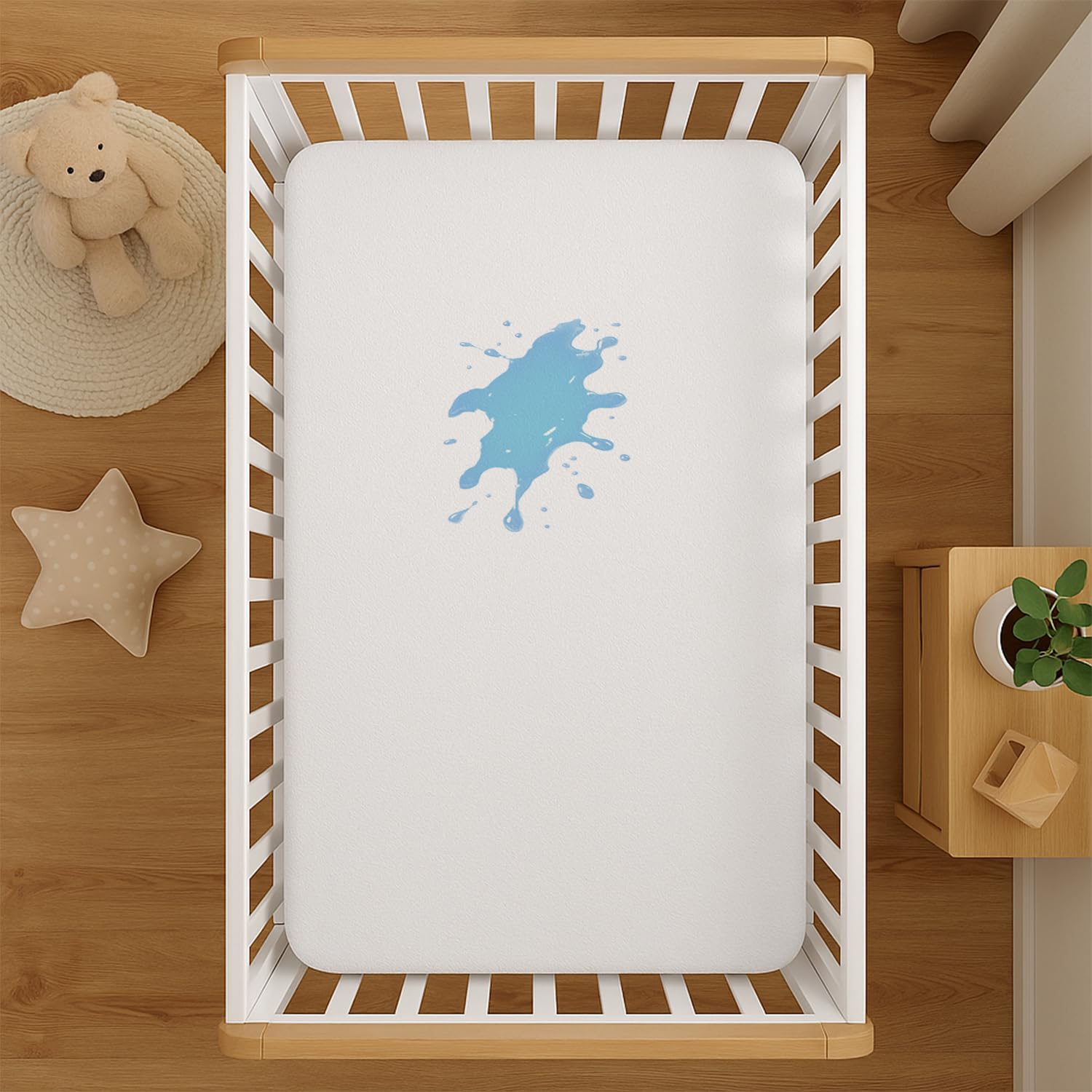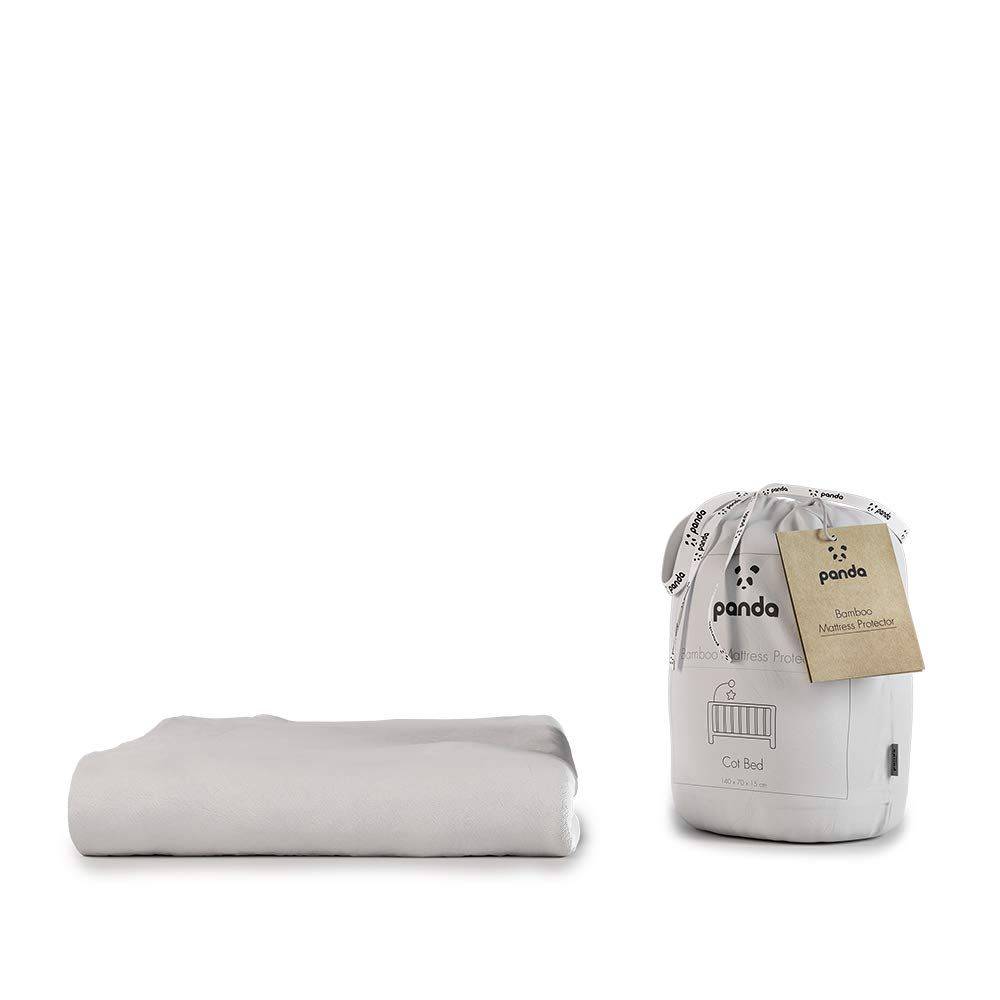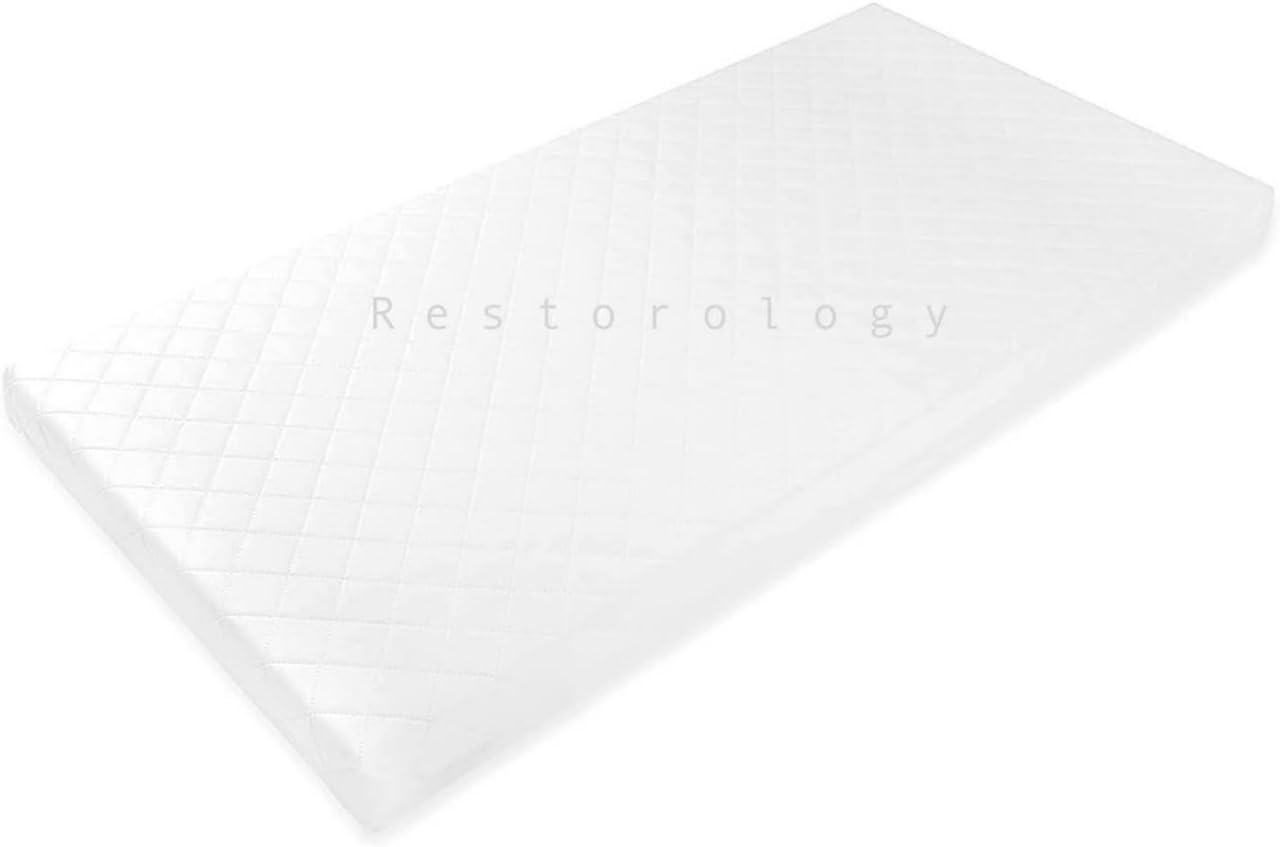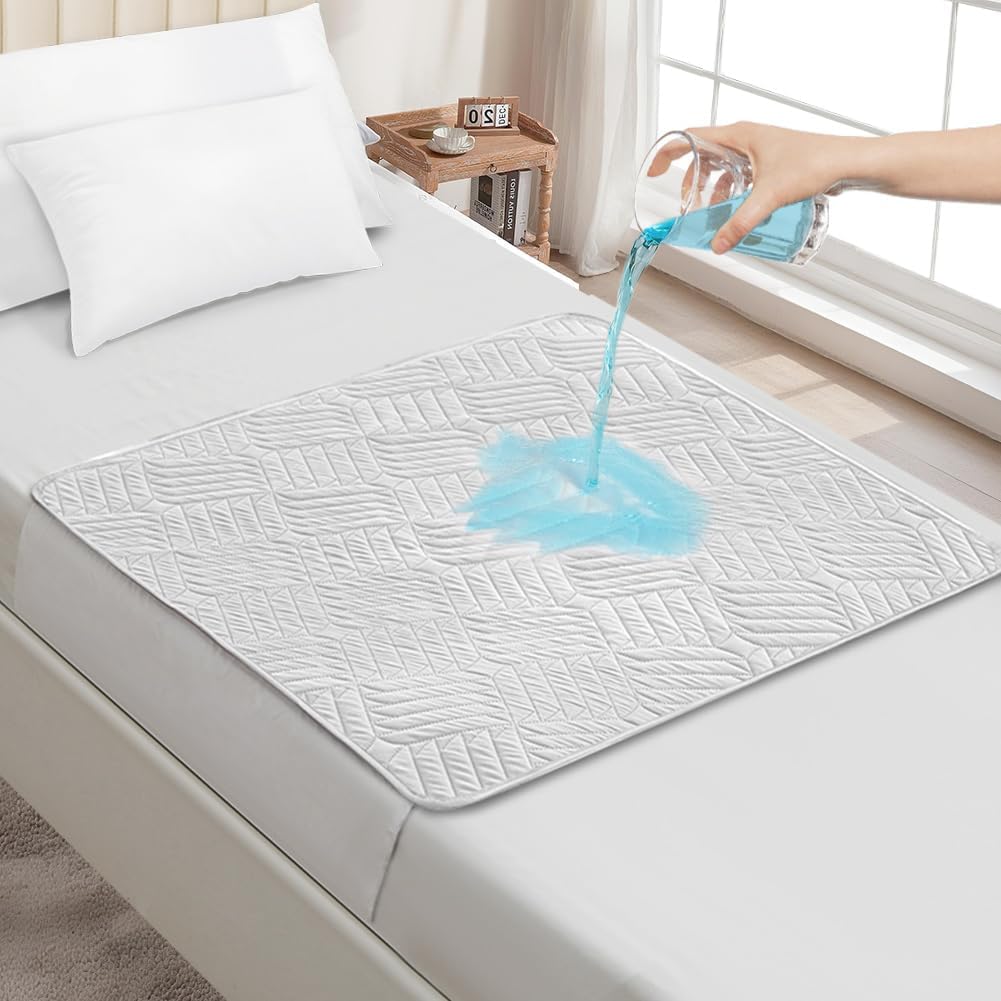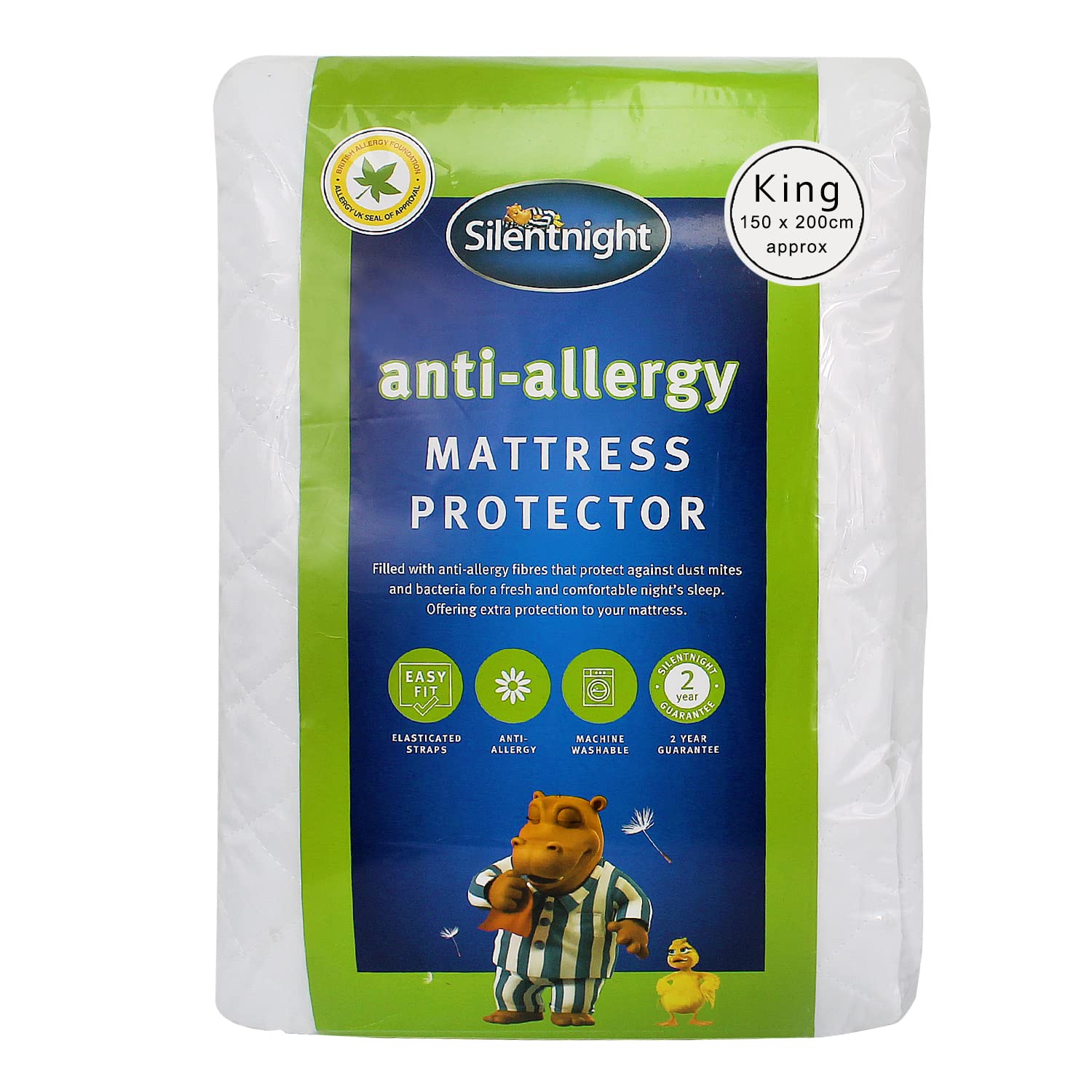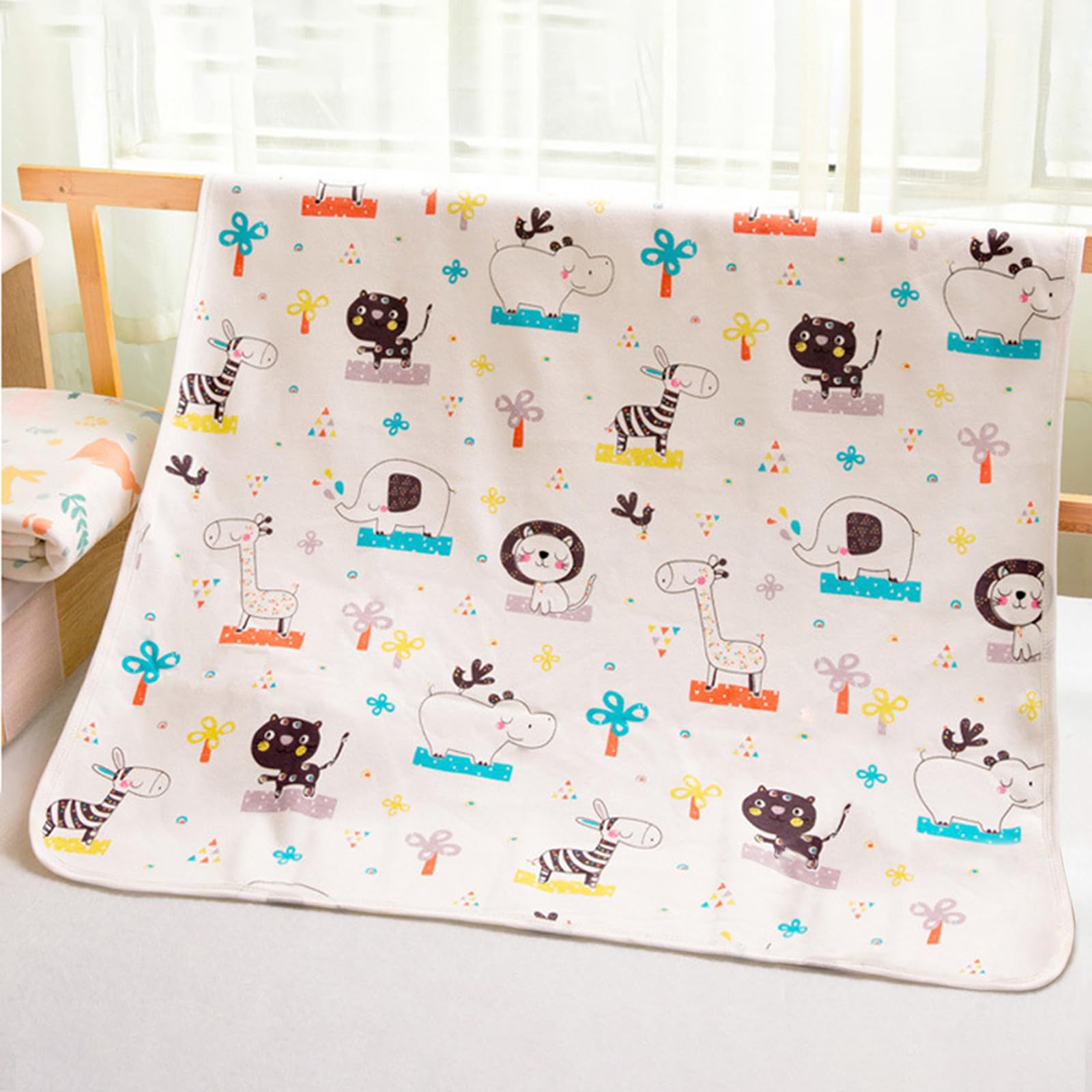A good mattress protector keeps your mattress clean and dry without adding crinkle or heat. The challenge is choosing between waterproof membranes and breathable fabrics, and avoiding noisy combinations. This guide compares common materials, explains how fit affects noise, and shares care tips so protection stays reliable and quiet night after night.
Hygiene and quiet fit depend on mattress protectors that breathe.
Why protectors matter
Mattresses absorb sweat, oils, and the occasional spill. Stains can void warranties, and moisture encourages dust mites over time. A protector acts as a first line of defence. The best ones block accidents and allergens while staying quiet and cool enough that you forget they are there. For households with children, pets, or allergies, a protector is a sensible standard item rather than an optional extra.
Waterproof membranes: PU vs PVC
Polyurethane (PU) membranes are common in modern protectors. They are flexible, soft, and can be bonded to knits that feel like a sheet. PVC is stiffer and more likely to crinkle, which is why it has fallen out of favour for beds. PU films are thin enough to move with you and block spills reliably when bonded well. When you see waterproof claims on a quiet protector, it is usually a PU membrane under a knit surface.
Top fabrics that control noise and heat
Jersey knit and other stretchy surfaces reduce crinkle because they move with the mattress rather than sliding over it. Terry surfaces add absorbency but can feel warmer. Quilted tops add cushioning, but the extra padding can keep heat near the body. If you sleep warm, choose a smooth knit that lets sheets slide without friction. If you value absorbency for occasional spills, a light terry can be a good middle ground as long as the knit is soft.
Fit is the hidden factor in noise
Even the best fabric will rustle if the protector is stretched too tight. Deep fitted pockets that match your mattress height prevent the membrane from being under tension. Elastic that wraps fully under the corners holds the protector in place without pulling the surface taut. Measure your mattress depth including toppers and choose a protector with enough pocket depth to fit easily. If you are between sizes, pick the deeper option so fabric can relax.
Breathability in real use
Waterproof membranes are less breathable than an uncoated sheet, yet modern PU is far better than old style vinyl. If you sleep warm, pair the protector with breathable cotton percale sheets and a suitable duvet tog for the season. A breathable setup allows you to use waterproof protection on low settings for heated bedding without trapping moisture.
Care and wash frequency
Wash protectors monthly under normal use and more often with allergies. Use mild detergent and avoid fabric softeners, which can coat membranes and reduce breathability. Tumble on low or line dry fully before refitting. A protector that goes back on the bed slightly damp can trap odours. If your protector has a quilted top, ensure the fill is completely dry to avoid clumping.
Anti allergy options and full encasements
Barrier fabrics with fine pore sizes can reduce dust mite exposure. Full encasements zip around the mattress and are useful for serious allergies. They can feel warmer than simple fitted protectors, so pair with breathable sheets and consider a thinner duvet when the weather is mild. Pillow protectors complete the setup and often make more difference to morning comfort than many expect.
Soft‑knit, quiet protection with deep pockets is common in mattress protectors for UK beds. For comfort tweaks, many pair them with toppers that balance support and airflow.
FAQs
Are waterproof protectors always noisy?
No. Modern PU membranes bonded to soft knit surfaces can be very quiet, especially when the protector has a deep pocket and is not stretched tight.
How often should I wash a mattress protector?
Monthly is a good default. Wash more often if you have allergies or if the protector catches a spill. Dry fully before refitting.
Will a protector make my bed hot?
It can if paired with heavy sheets and a high tog duvet. Choose breathable sheets and adjust duvet weight for the season to keep the bed comfortable.
